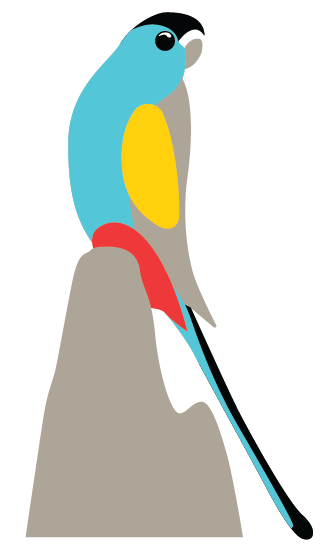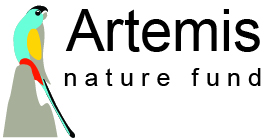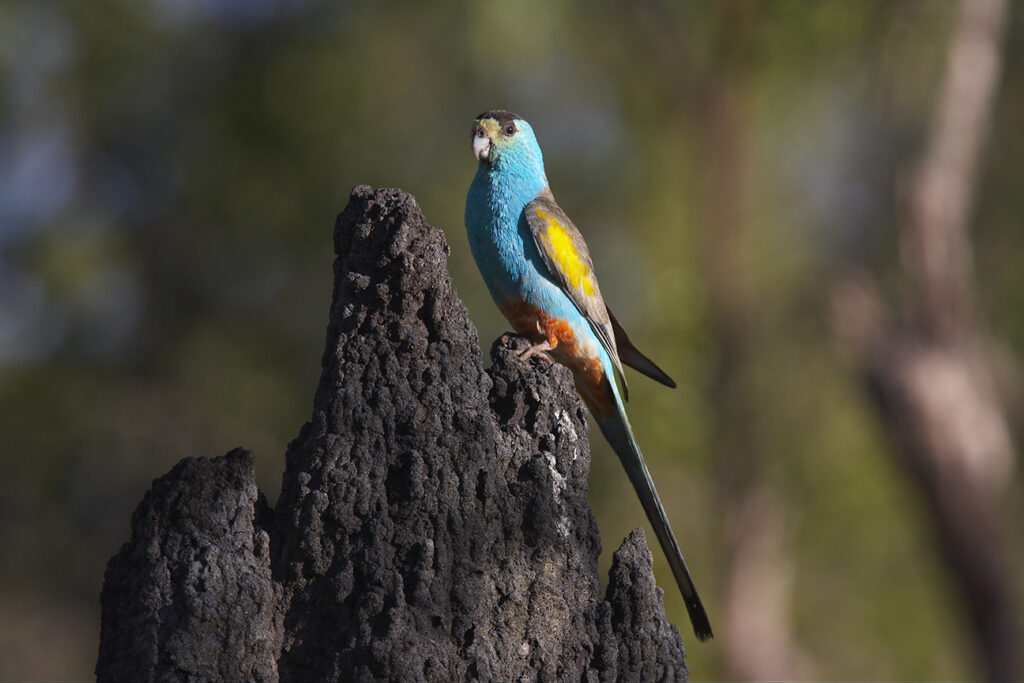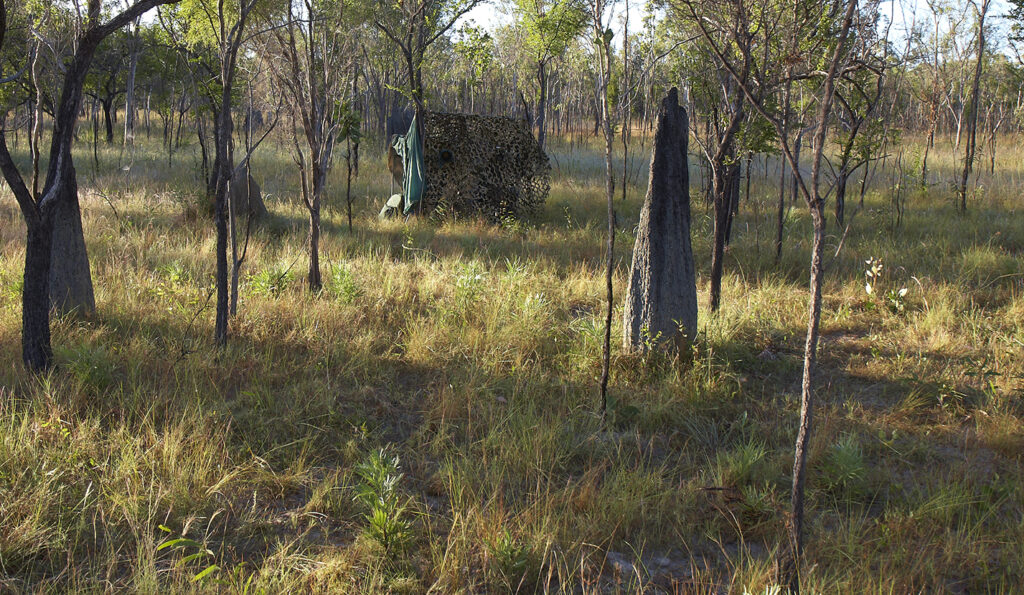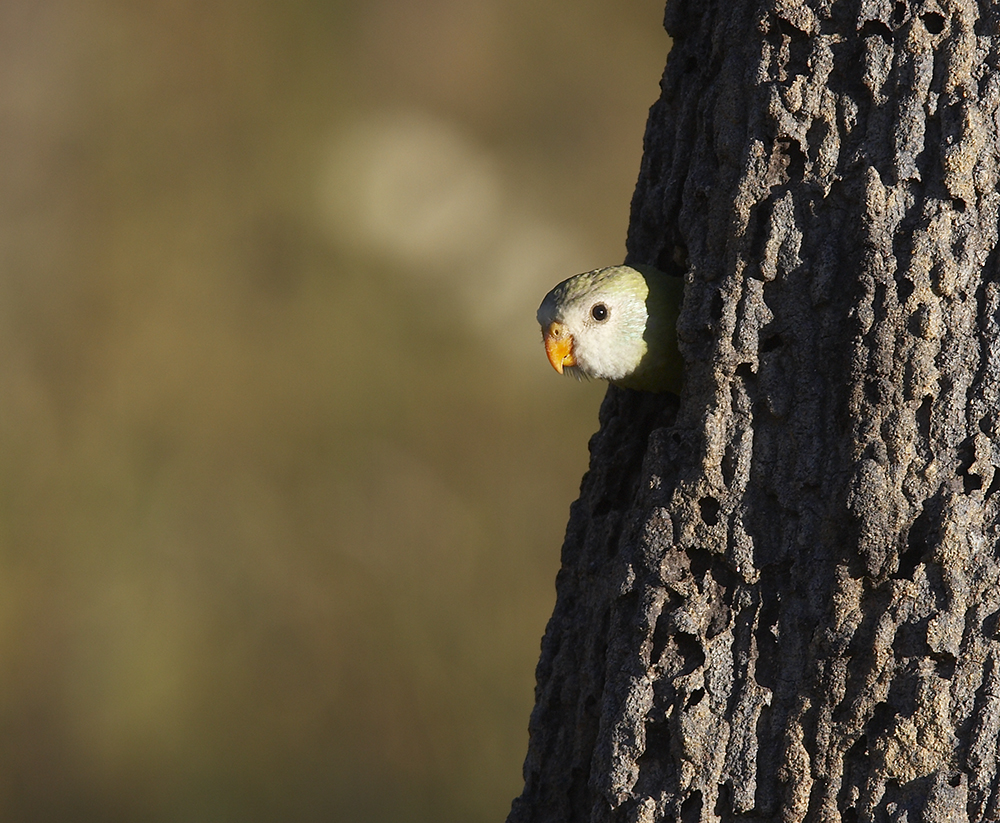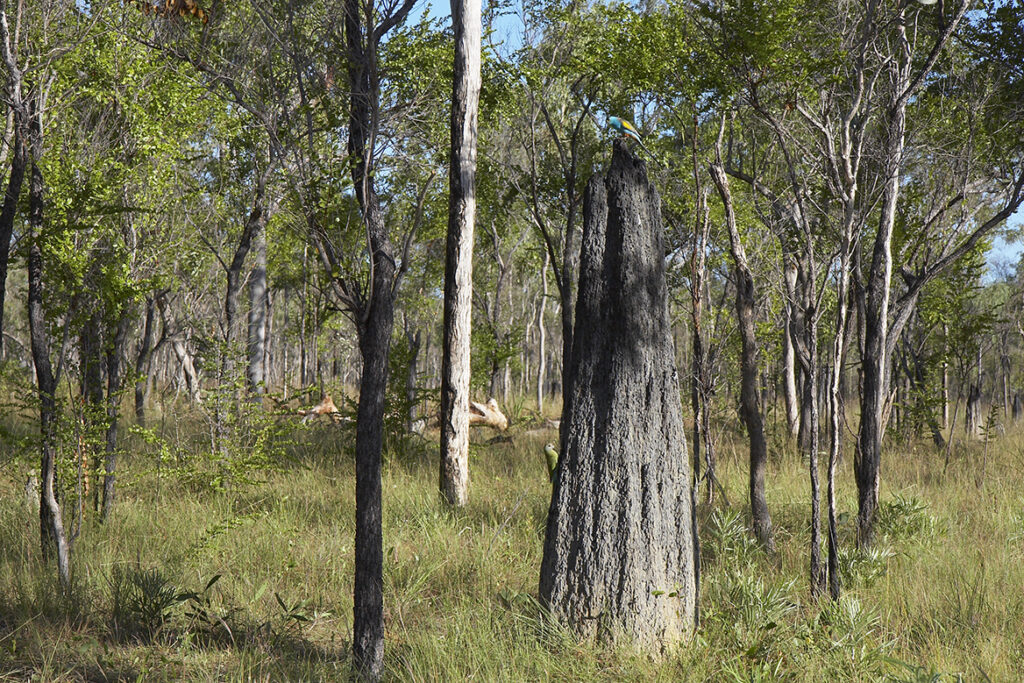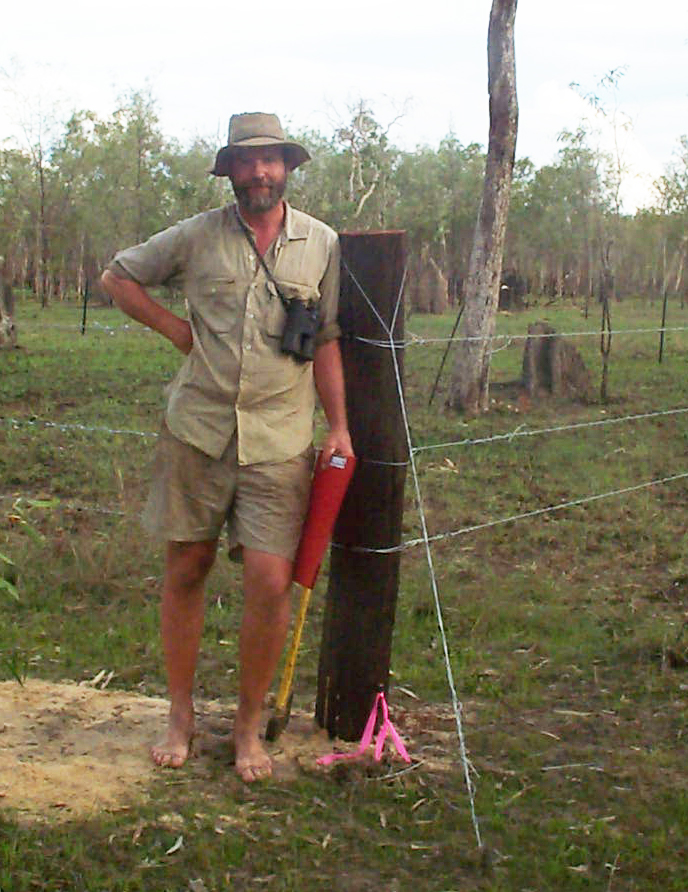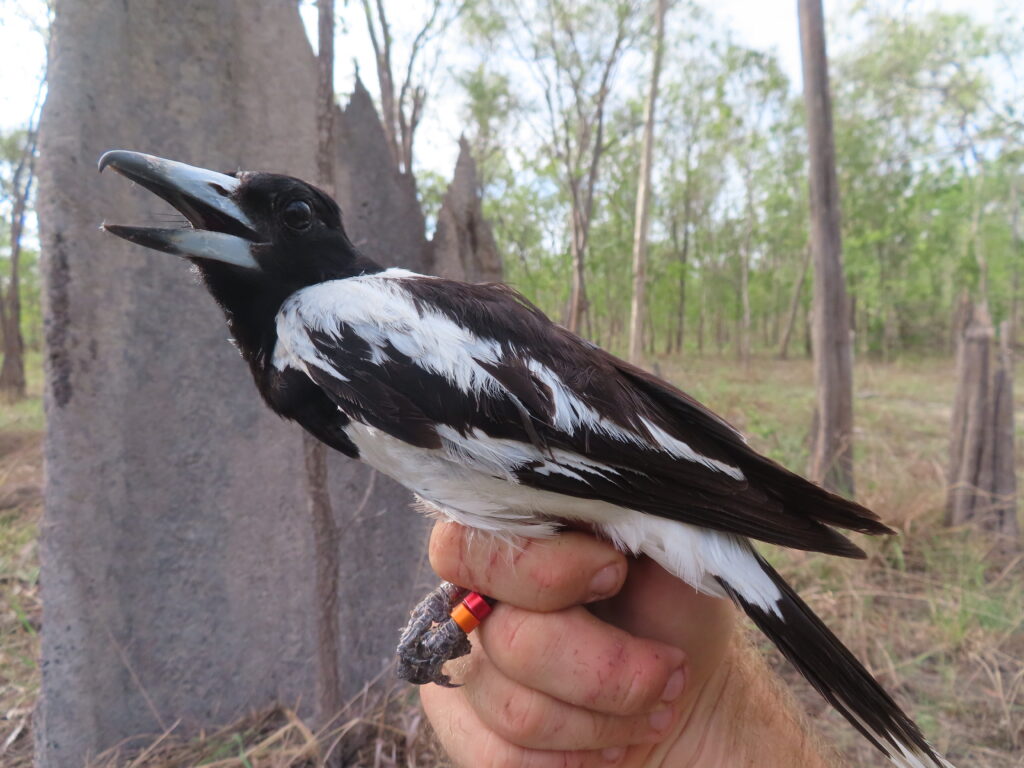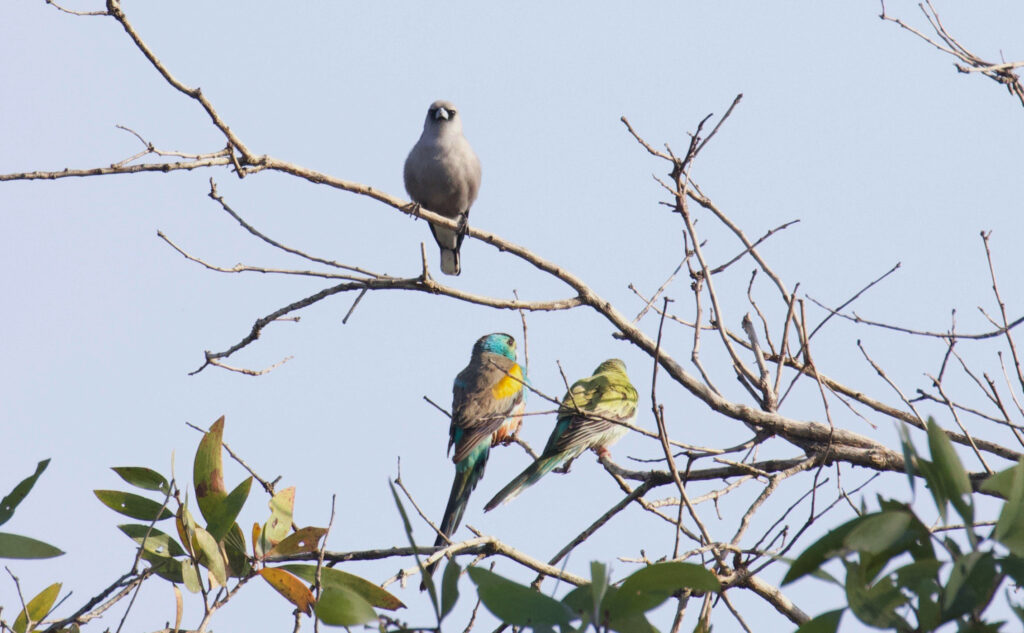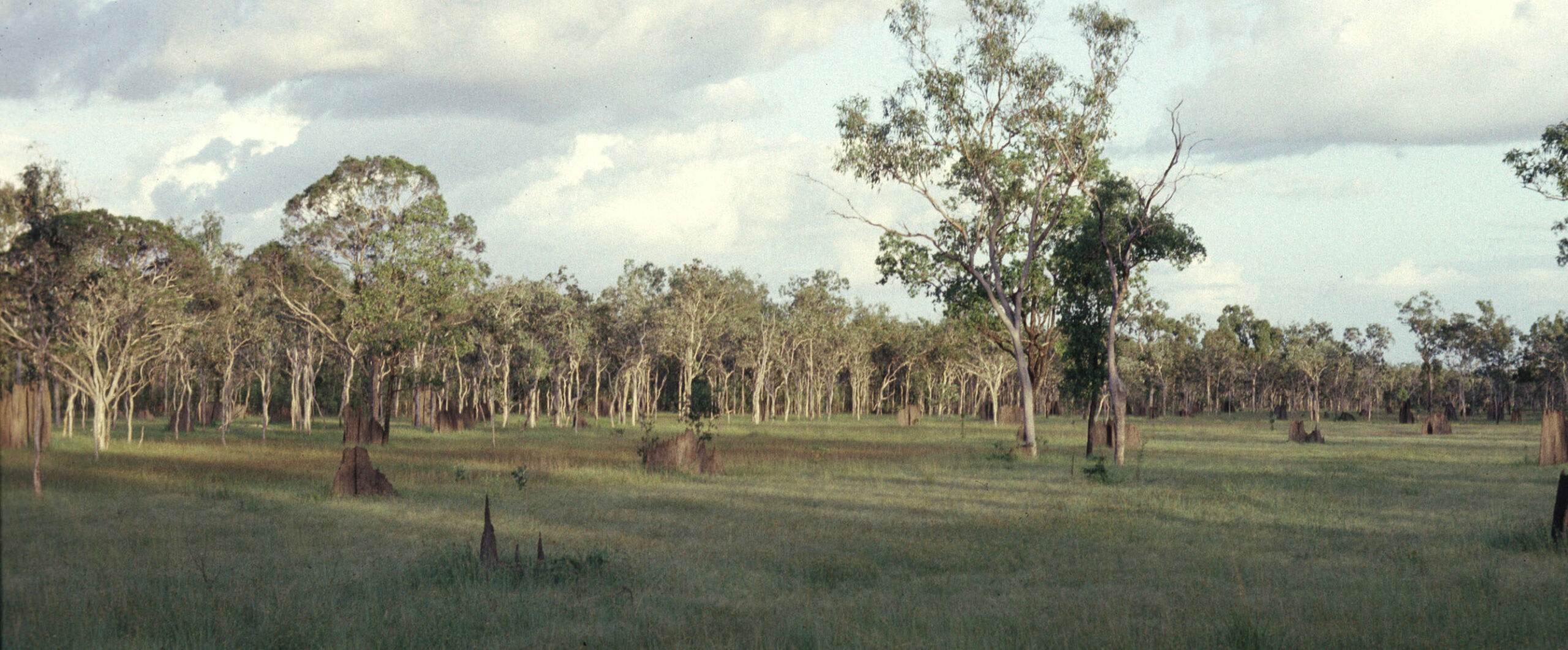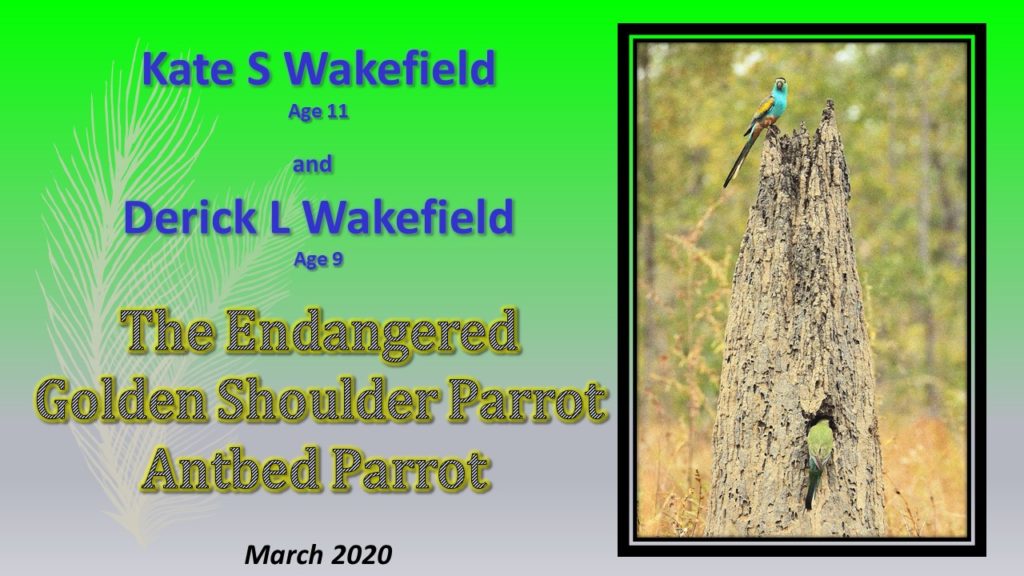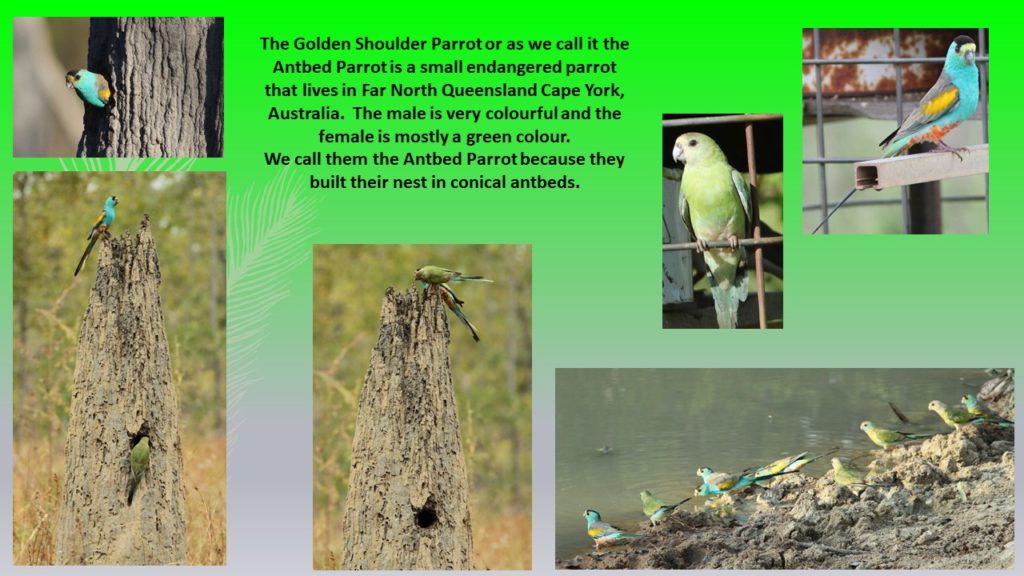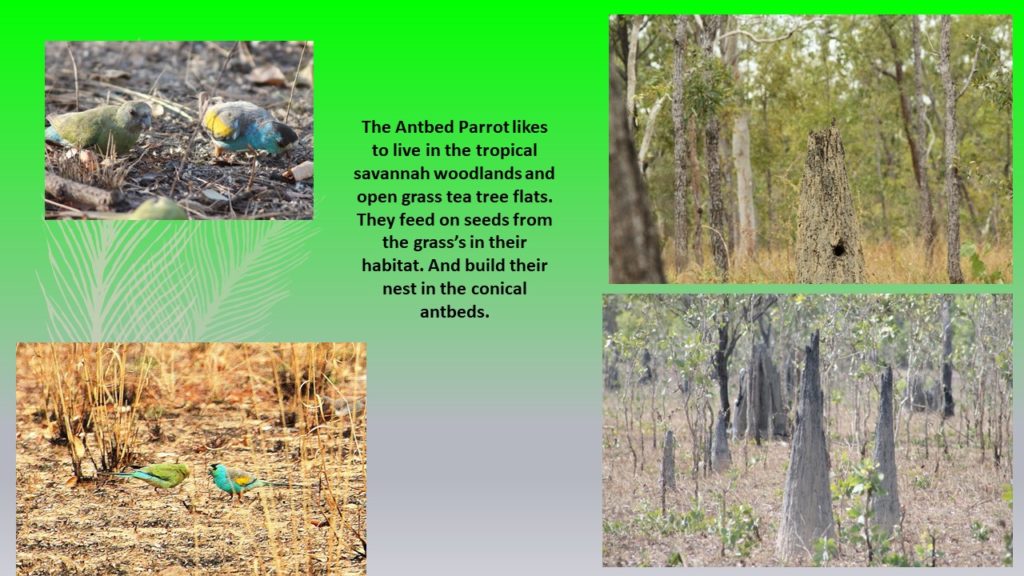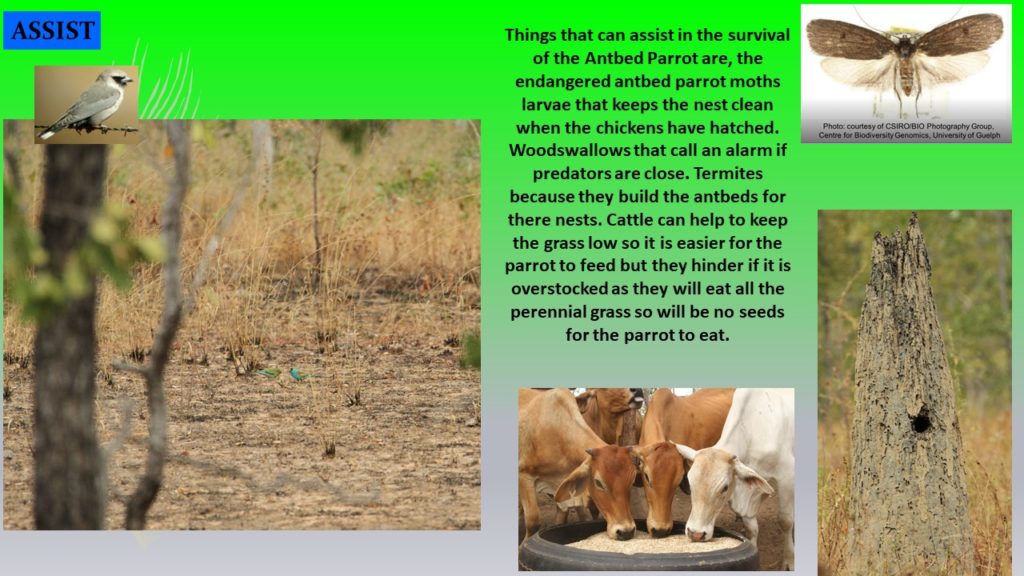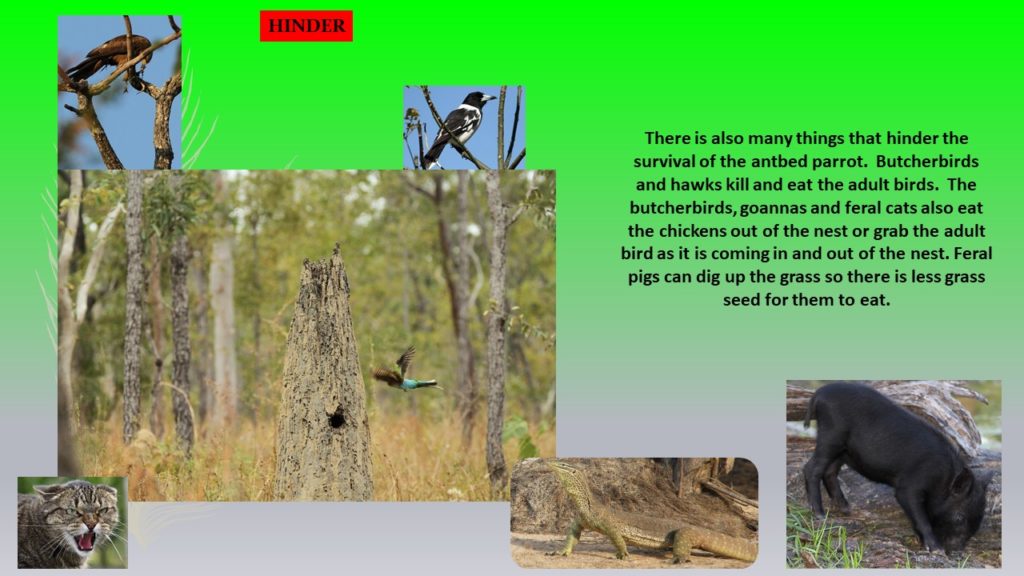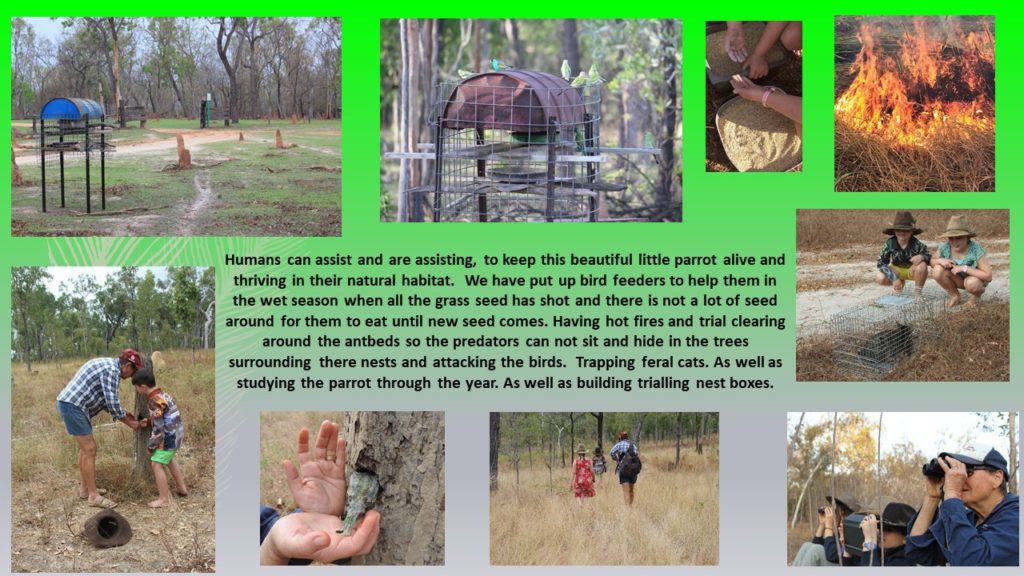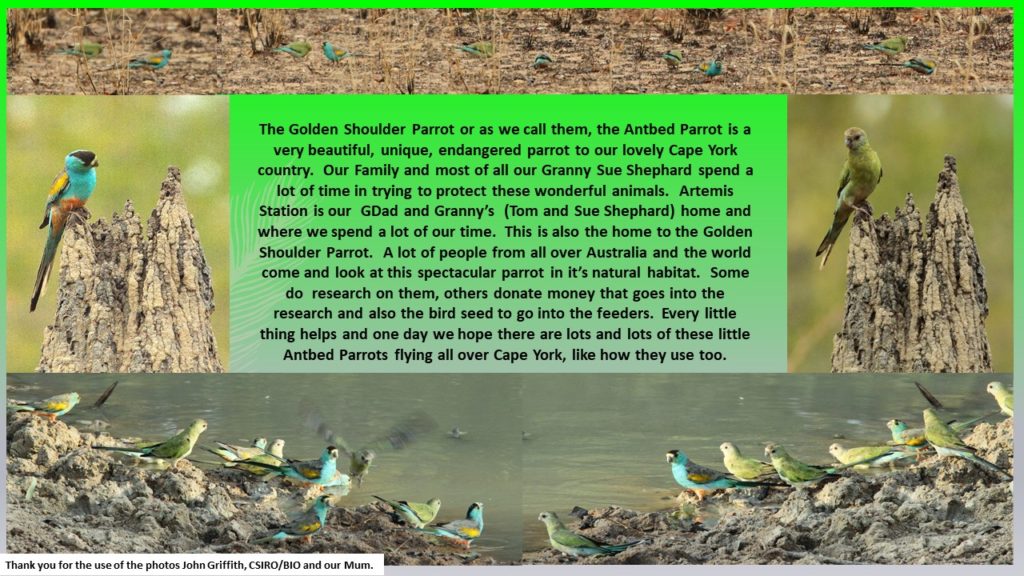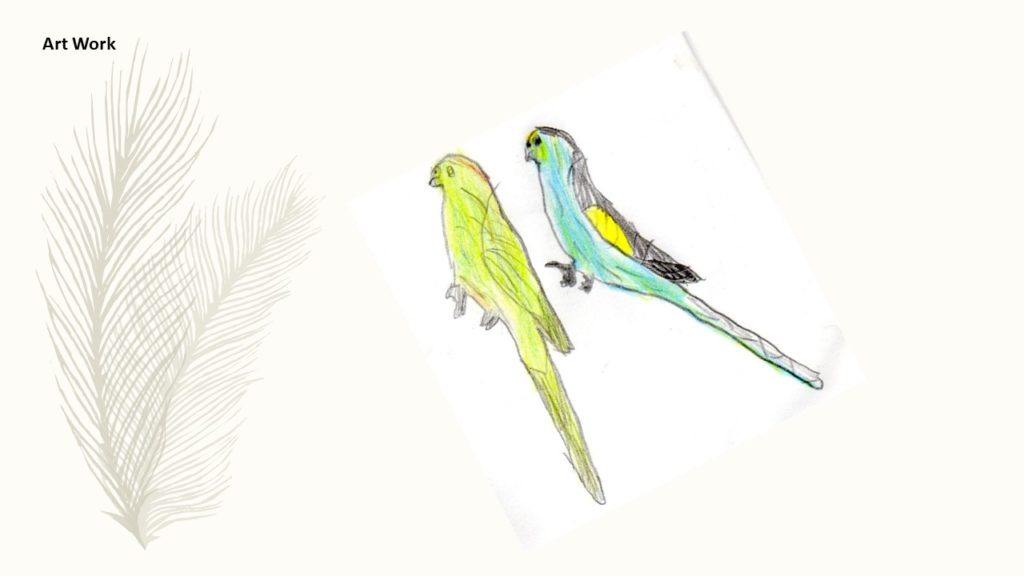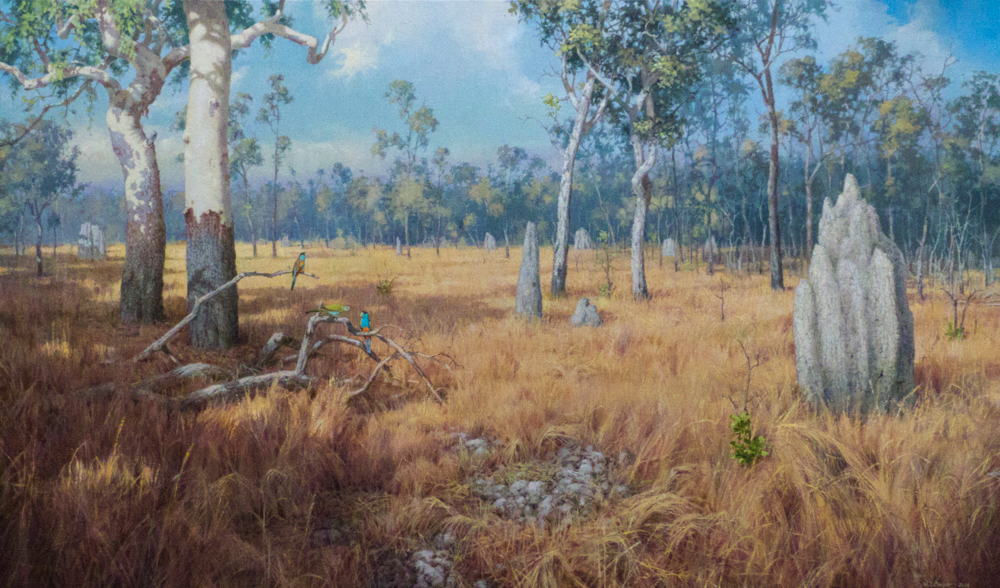
Courtesy of Andrew & Belinda Isles/Wendy Cooper
My wife Belinda and I first visited Cape York in 1983. On our way to Iron Range, we looked for Golden-shouldered Parrots but drew a blank. Thirty years later we did a similar trip with Bill and Wendy Cooper with excellent results. The Coopers are close friends with the Shephards of Artemis Station and that was our first port of call. It was a wonderful few days and we saw Golden-shoulders in a variety of places on the property.
Our final morning was particularly memorable. Bill and Wendy moved on to Lakefield National Park, but we decided to slow down and have one last look. There were a few Golden-shoulders near the main Artemis road leaving the homestead so we parked the car, hopped over the fence, and started to watch the parrots. The more we looked the more we saw. Ahead of us were a largish group, probably a dozen or more, feeding on the ground. Many were juveniles and it is relatively easy to identify the sexes. The young juvenile plumaged males are already distinguishable from the female by brighter blue cheeks.
We then heard Budgerigars behind us, an uncommon bird on Cape York, and there were a small number in a tree with two adult male Golden-shoulders. Not long after a small party of the magnificent northern race of the Pale-headed Rosella came in. These are a stunning bird, formerly known as the Blue-cheeked Rosella, with their combination of extensive blue underparts and yellow crown. Then more Golden shoulders put in an appearance along with a small group of Crimson-winged Parrots; and finally a forging party of excitable Grey-crowned Babblers.

This experience gave me the idea of getting of a commission from Bill Cooper – not a portrait of Golden shoulders but a habitat painting. Bill started life as a landscape artist and this grounding helped him become one of the greatest wildlife artists of all time. So now Belinda and I have a large oil painting of Golden shoulders living in their open grassland and woodland habitat with the termite mounds they nest in.
It is dreadful to think that in a few short years after our 2013 visit parrot numbers have declined to not much more than the birds we saw on that morning. But there is hope thanks the to the work being done by the Shephards and Artemis Nature Fund. Please consider making a donation to the fund to become a Friends of Artemis.
